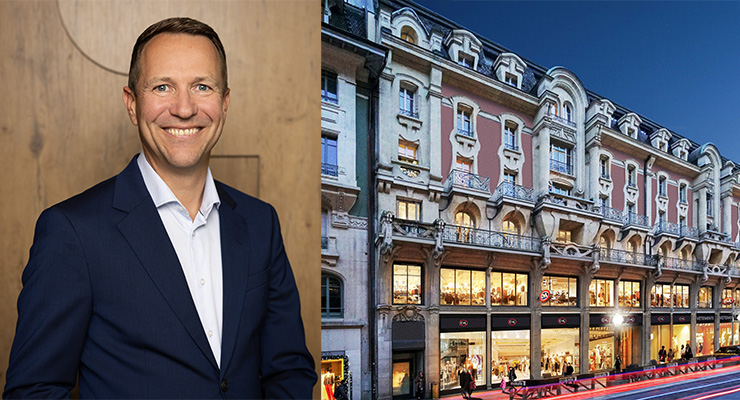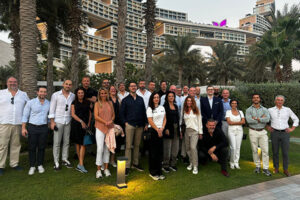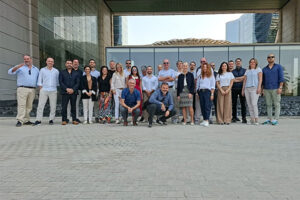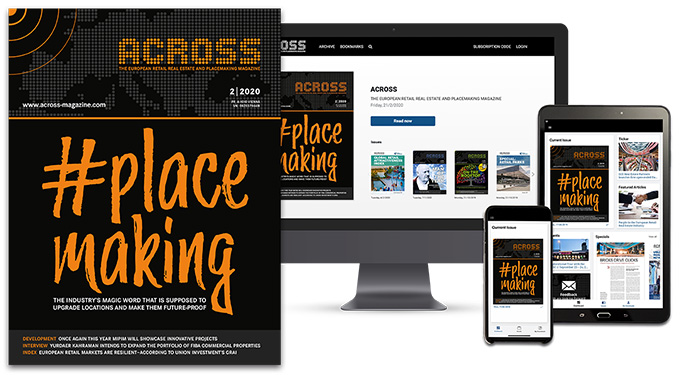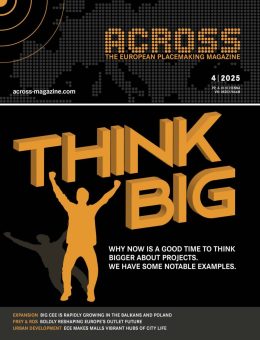At the heart of our approach is Mission 2040, Redevco’s ambition to achieve net zero carbon across our entire portfolio by 2040. This commitment is not just a sustainability pledge – it’s a strategic framework that informs every aspect of asset development and management.
MISSION 2040 IN ACTION: SUSTAINABILITY AS A STRATEGY
In Hamburg, the redevelopment of the iconic C&A site on Mönckebergstraße into the Elisen Palais exemplifies this vision. The project features a timber-hybrid structure, locally sourced bricks, as well as reused steel beams and concrete slabs from the original building. Where feasible, components will be screwed rather than glued, enabling future disassembly and reuse. The building will be connected to an ecologically sourced district heating system and will be supported by a comprehensive materials passport to ensure traceability and circularity. To support long-term adaptability to various uses, we have also opted for higher ceiling heights and a flexible design in the Elisen Palais redevelopment. Although this meant sacrificing some space in the current layout, it will allow for the future conversion of hotel floors to other uses without the need for demolition. This decision reflects our belief that flexibility is a form of sustainability – enabling buildings to evolve with changing urban needs.
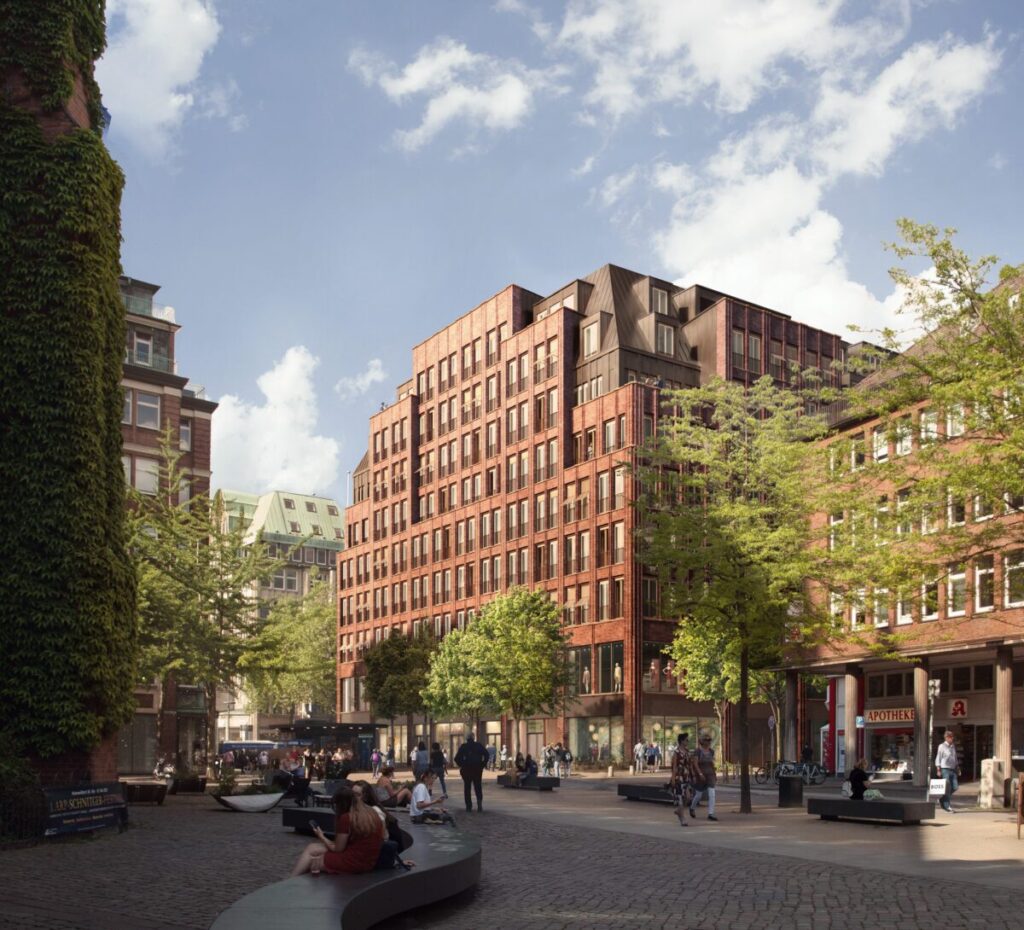
In Geneva, we are transforming a listed building on Rue de la Croix d’Or into a high-performance, mixed-use asset. The target for the redevelopment is a BREEAM In-Use “Excellent” rating – an ambitious goal for a heritage property. The project includes insulation made from renewable, low-impact wood fiber and grass, restored original window frames, and a planned connection to the city’s Genilac thermal energy network, an ingenious and innovative system that uses water from Lake Geneva for CO₂-neutral heating and cooling.
These design choices are not just technical solutions; they are strategic decisions that reduce lifecycle emissions, lower future renovation costs, and ensure our buildings remain relevant and resilient for decades to come. Mixed-use buildings require a more operationally agile approach to asset management – balancing the needs of residential, retail, and hospitality tenants, and planning for multiple usage scenarios over time.
The projects in Hamburg and Geneva are not isolated examples. Across the DACH region, we are embedding circular construction principles, phasing out fossil fuels, and investing in renewable energy generation – such as rooftop solar installations on retail parks in partnership with solar companies Enviria and Gigagreen.
SUSTAINABILITY AS A TENANT MAGNET
Our ESG credentials have not only reduced environmental impact – they’ve also attracted like-minded tenants. In Hamburg, for example, hotel brands such as SV Hotel (Hyatt Centric and Stay Kooook) were drawn to the Elisen Palais project, in part, due to its sustainability profile. These tenants share our values and see environmental performance as a core part of their own brand identities. Similarly, in Geneva, demand for high-quality, energy-efficient office space has been strong, with tenants increasingly prioritizing buildings that align with their own ESG goals.
This is particularly evident in the upper floors of our Geneva redevelopment, where we’ve seen growing interest from office tenants seeking BREEAM “Excellent” environments – spaces that are still in short supply in the region. Even internally, we’ve experienced the challenge of sourcing sustainable office space for our own teams, which only reinforces the market demand for buildings that meet high environmental standards.
By integrating sustainability into the core of our developments, we’re not only future-proofing our assets but also creating a competitive advantage in attracting and retaining tenants who are committed to responsible business practices.
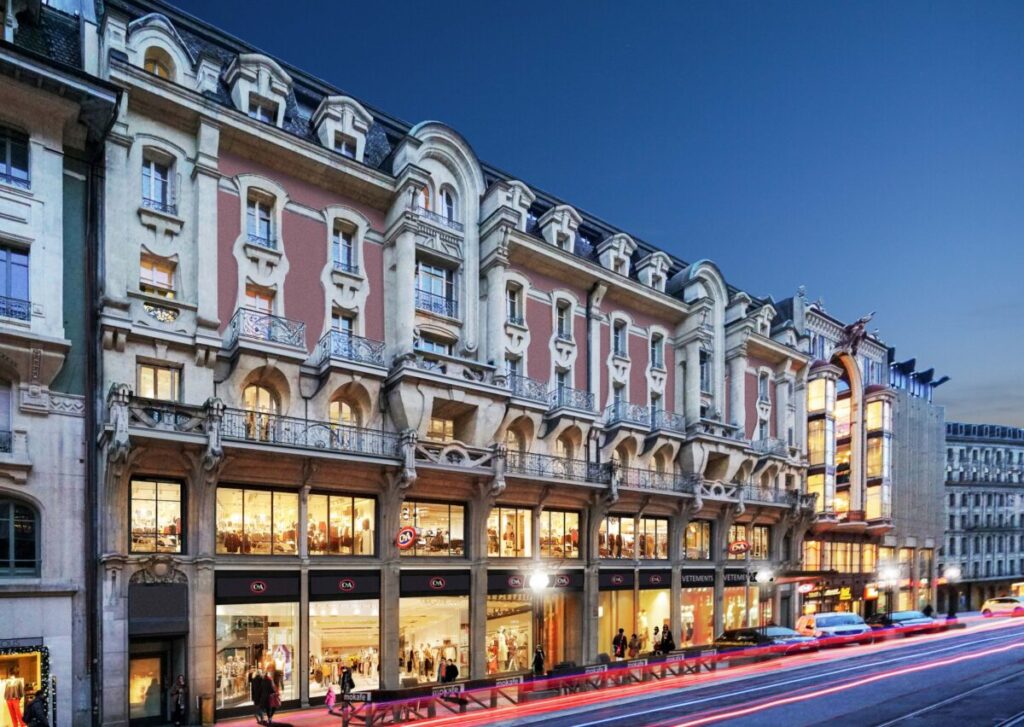
TENANT MIX AS A DRIVER OF RESILIENCE AND PERFORMANCE
In addition to our sustainability strategy, we are also reviewing the composition of our tenant base to improve the resilience of our assets. By diversifying tenant types and usage types, we are reducing our dependence on individual tenants, creating stable sources of income, and securing the long-term value of our properties.
In Nuremberg, for example, the basement of a former C&A building has been leased to an Edeka supermarket, with further subdivisions planned. In Hanover, the arrival of a REWE supermarket and the retail chains dm and Woolworth in a repurposed department store has significantly increased footfall. And in Berlin, the ALEA 101 development at Alexanderplatz combines retail, leisure, office, and residential uses – earning both DGNB Gold and BREEAM “Excellent” certifications.
This diversification not only spreads the risk but also enhances operational flexibility. The asset is no longer reliant on a single tenant and by making thoughtful choices in the structure and design of a building, we can adapt its use over time without the need for demolition, offering a more sustainable and future-proof approach to redevelopment. If one tenant moves out, rental income is still secured via other tenants and uses
It’s a risk minimization strategy that also supports long-term adaptability.
CONCLUSION
Our work across the DACH region provides a compelling model for the future of urban real estate.
By aligning sustainability with strategic tenant planning, we are not only reducing our environmental footprint but also enhancing the resilience, relevance, and value of our assets. These principles are being applied as part of Redevco’s €1 billion investment program to repurpose large assets to mixed-use properties and to make them future-proof.
While the execution varies by asset – depending on size, location, and market – the strategic intent remains consistent. In a rapidly changing world, this integrated approach is more than a competitive advantage – it’s a necessity
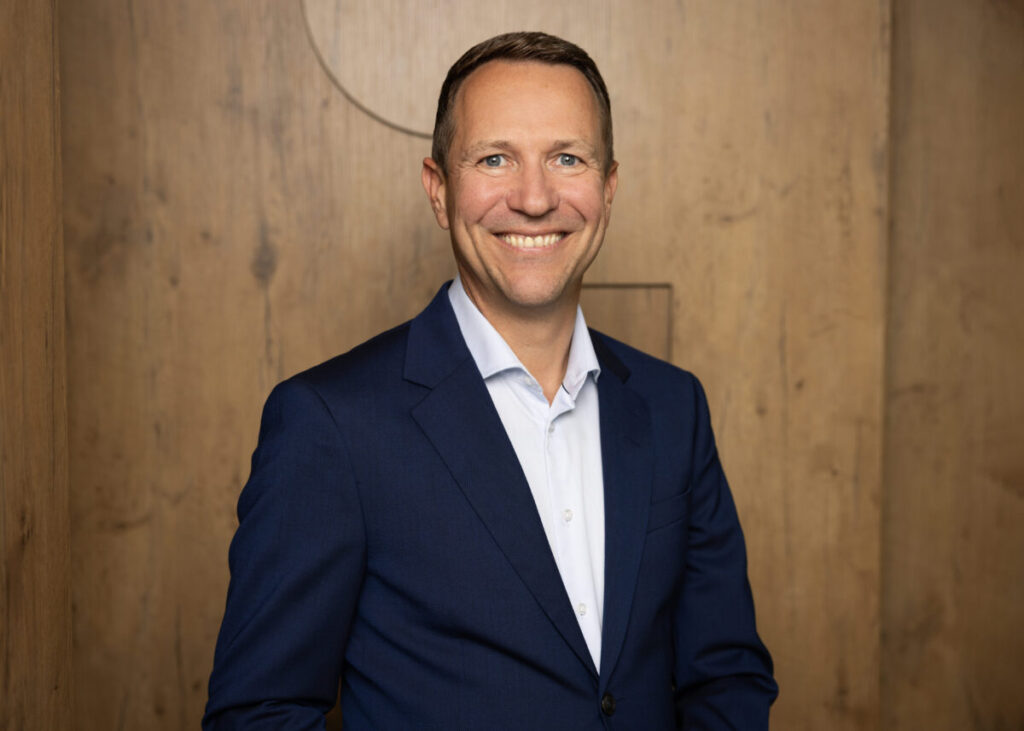
Rowan Verwoerd
Head of Portfolio Management DACH at Redevco
Credit for all images: Redevco
